Businesses use a backcasting room to think about what they’ve done in the past to help them plan for the future. This article talks about the idea of a “backcasting room,” what it is for, how it can be used, its pros and cons, its problems, and what’s likely to happen in the future. You’ll have a good idea of how backcasting rooms can help you plan strategies after you finish reading this.
Understanding Back Casting
Backcasting is a way to plan strategically. First, you have to picture a good future. Then, you have to figure out how to get there. In forecasting, information from the past is used to try to guess what will happen next. While backcasting, you think about a goal you want to reach in the future and make plans for how to get there. This method is great for handling situations that need help understanding or predicting.
The Purpose of a Back Casting Room
The main job of a backcasting room is to help people make strategic decisions by letting them think about different possible futures and figure out what steps need to be taken to get to the desired outcomes. By putting together old data with new trends, expert opinions, and information from stakeholders, backcasting helps businesses plan for problems and benefits that might happen. This helps people make plans that can be changed to fit different situations.
Core Components of a Back Casting Room
Data Collection: It is very important to get correct and useful data. Historical data, current trends, and expert opinions are important to make a strong base for scenario development.
- Scenario Building is the process of imagining different possible futures based on the information gathered. Workshops and simulations are two methods for examining what might happen if different assumptions are true.
- Analyse and Judge: Every situation is examined to determine risks, benefits, and problems. SWOT analysis is a tool that people often use to determine their strengths, weaknesses, opportunities, and threats.
- Strategy Formulation: After the analysis, strategies that can be put into action are made. The plans can be changed to fit new events. This helps the group stay on track with their goals even when new issues arise.
Applications of Back Casting
Backcasting is used in a lot of different areas, such as
- Taking care of the environment means making plans for long-term resilience and sustainability.
- Business strategy helps businesses get ready for things like changes in the market and tech issues.
- In healthcare, it is used to make plans for how doctors will treat patients in the future based on how well past treatments worked.
Benefits of Using a Back Casting Room
There are several reasons why you might want to use a backcasting room:
- Better Strategic Vision: It helps businesses plan by giving them a clear picture of the future they want. This makes it easier to set and reach long-term goals.
- Better management of risks: Companies can lower risks before they happen if they plan.
- Adaptability: Backcasting helps people generate new ideas, which helps companies adapt to changes and stay ahead of the competition.
Challenges and Limitations
It has cons, even though it has pros:
- Data Limitations: You need to find a lot of correct data in order to do backcasting well.
- Scenario planning: It can be difficult to plan scenarios because it takes a long time to consider all the possible futures.
- Resistance to Change: When businesses try new ways to plan their strategies, like backcasting, they might face resistance from people inside the business.
Future Trends in BackCasting
The next few years will see a number of trends that will shape backcasting:
● Advancements in Technology and Data Analytics
Some of the new technologies improving backcasting are artificial intelligence, machine learning, and big data analytics. With these tools, companies can examine huge amounts of data to find hidden insights and make better predictions.
● Integration with Artificial Intelligence and Machine Learning
Businesses can automatically make scenarios, search for complex patterns, and test systems that change over time by combining backcasting with AI and machine learning algorithms. Integrating these things makes it easier to choose what to do and speeds up the process of planning strategically.
● Emerging Trends in Scenario Planning Methodologies
New techniques and methods are being created to improve backcasting. Possible future planning, flexible future planning, and group future planning are some of these. By considering unknowns, different points of view, and feedback loops, these methods make strategic planning stronger and more reliable.
Conclusion
There is a backcasting room that can help groups deal with doubt, make plans for change, and shape the future. When people use historical data, scenario building, and strategic analysis together, called backcasting, it helps them make better decisions and deal with uncertainty better. Backcasting has some issues and limits, but the pros outweigh the cons, which makes it an important tool for planning and making strategic decisions.







